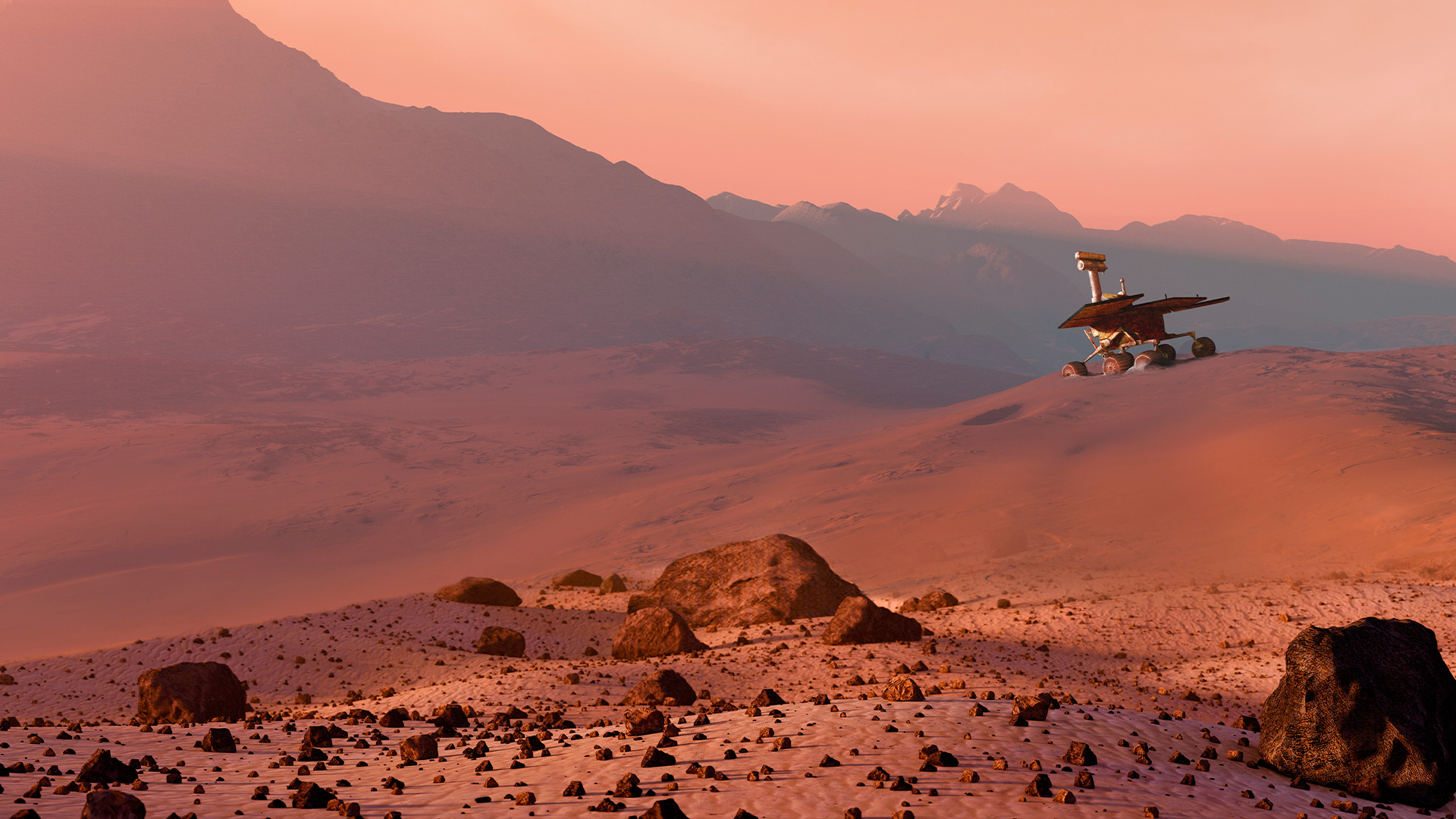
Scientists in China have created a robot chemist powered by artificial intelligence (AI) that can extract oxygen from Martian water without human supervision.
Synthesizing useful resources from local materials on Mars will be essential for humans' survival on the Red Planet. Extracting oxygen from materials — in a process called oxygen evolution reaction (OER) — is particularly vital, researchers wrote in a paper describing the new AI chemist, which was published Nov. 13 in the journal Nature.
To that end, the team built a mobile robot that automated the entire process of extracting oxygen from five Martian and Martian-like meteorite samples. They also tested the system in a simulated Martian surface environment.
Crucially, the AI hunted for the perfect formula for producing oxygen in any given sample from almost 4 million possible combinations — which would have taken a human more than 2,000 years.
Related link: 'Building blocks of life' discovered on Mars in 10 different rock samples
"Our study provides a demonstration that an advanced AI chemist can, without human intervention, synthesize OER catalysts on Mars from local ores," the researchers wrote in the study.
The first step in extracting the oxygen involves sending samples of the meteor to a facility to be analyzed in a fully automated lab. After that, the robot pretreats the ore — removing unwanted impurities and materials. It then uses materials within the meteor to create a catalyst — a process called catalytic synthesis — which it tests in electrochemical performance testing.
The type of catalyst it can produce with the available resources, and work most efficiently to extract oxygen, can vary massively, so selecting the right one is a vital step. This is where the AI chemist comes in.
The computational module on board the robot — dubbed the "computational brain" — combines machine learning algorithms with theoretical models to analyze both the robot-acquired experimental data and massive simulation data.
As the robot works it collects information, it sends this experimental data to a cloud server, where the computational brain uses machine learning to perform tens of thousands of simulations to estimate the best way to generate oxygen. This data feeds into a neural network model, which is quickly retrained and optimized with the new experimental data from the robot.
The algorithm identifies the best combination of materials for synthesizing the best OER catalyst, which the AI chemist verifies. The robot then drips the optimized "catalyst ink" on the meteor that is used, along with an electrode, to produce the oxygen.
The system could also be used to make many other chemicals and compounds, the researchers wrote in the paper.
!["[T]he First and Fifth Amendments Require ICE to Provide Information About the Whereabouts of a Detained Person"](https://images.inkl.com/s3/publisher/cover/212/reason-cover.png?w=600)






